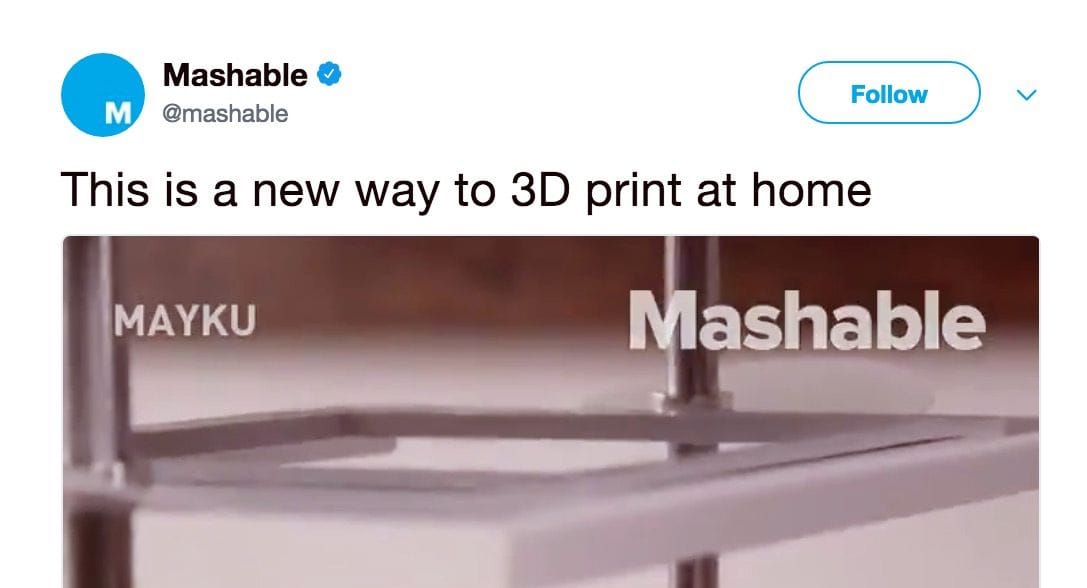I noticed a tweet from Mashable that got me a bit riled.
The tweet, posted on 22 December, portrays a video of an interesting new making product, the FormBox, from Mayku. The FormBox is a hobby-focused vacuum former.
If you’re not familiar with vacuum formers, they are pretty straightforward: a plastic sheet is slightly heated until it is loose and stretchable. Then it is lowered on top of a positive mold and allowed to cool. Thus in seconds you are able to make a thin-walled cast of your positive mold in many types of plastic. You can relatively quickly make many casts, as the process takes only a moment or two to heat the plastic and form the cast.
They’re terrific for making certain types of objects. Ideal applications could include making masks, packaging or covers. RC cars and drone bodies are also an excellent application.
FormBox has launched an inexpensive vacuum forming device that is actually powered by household vacuum cleaners. It looks like a great project.
But then I saw the headline in the Mashable tweet:
This is a new way to 3D print at home
Really? Do you even know what 3D printing is? Molding is about as different from additive manufacturing as is subtractive manufacturing.
In my distress I investigated further and found a Mashable story entitled, “Forget 3D printing, molding is all the rage right now”. The brief video’s abstract reads:
With this device you can easily make molds of just about any object. The ‘FormBox’ by Mayku can be used to make objects or make molds to make large numbers of objects.
Ok, that’s all true. But why pick on 3D printing?
Certainly these are headlines and stories written by those not particularly familiar with the space. But I see two kinds of misunderstandings here:
All Making Technologies Are The Same: If you are simply making “anything”, then “any” kind of making device will suit you. But if you want to make “something”, then you must intelligently choose which making device(s) and technologies must be combined to complete your project.
I feel there are still plenty of folks in the world who are thrilled to make “anythings”, and simply jump from device to device, having a great time as they do.
But that’s not really making. That’s playing. True manufacturing involves thought, design, and craftsmanship. And you need different machines to do different types of making. All are different, yet valid, some are more or less appropriate in specific situations.
Making Is A Fad. The tweet headline sums up how the mainstream media has treated 3D printing technology in recent years: Because something new is available, then throw away everything else. When 3D printing didn’t quite make it as a consumer product, those not in the know wrote it off as a dead technology.
In fact, they were entirely incorrect, as 3D printing is booming today, with more people using it for more ingenious purposes than ever in history. More 3D printers are made and sold and used around the world this year than ever previously.
It’s just that those users are not always consumers.
Mass media, please get this: 3D printing is now part of the portfolio of 21st century making equipment. It can be used when appropriate, JUST LIKE ANY OTHER MAKING TECHNOLOGY.
It is definitely not going away.


